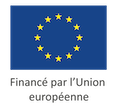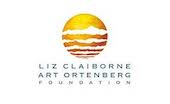The Republic of Congo encompasses an extraordinary diversity of wildlife, habitats and cultures. Protecting this biodiversity means saving wild places that sustain local people, protect natural resources, and buffer global climate change. For the past three decades this has been our mission.
Here we share stories, insights and images from the field. Follow WCS Congo on our journey with the Congolese government as we work together to safeguard several vast wildernesses and iconic species, while improving the lives of the people living alongside them.
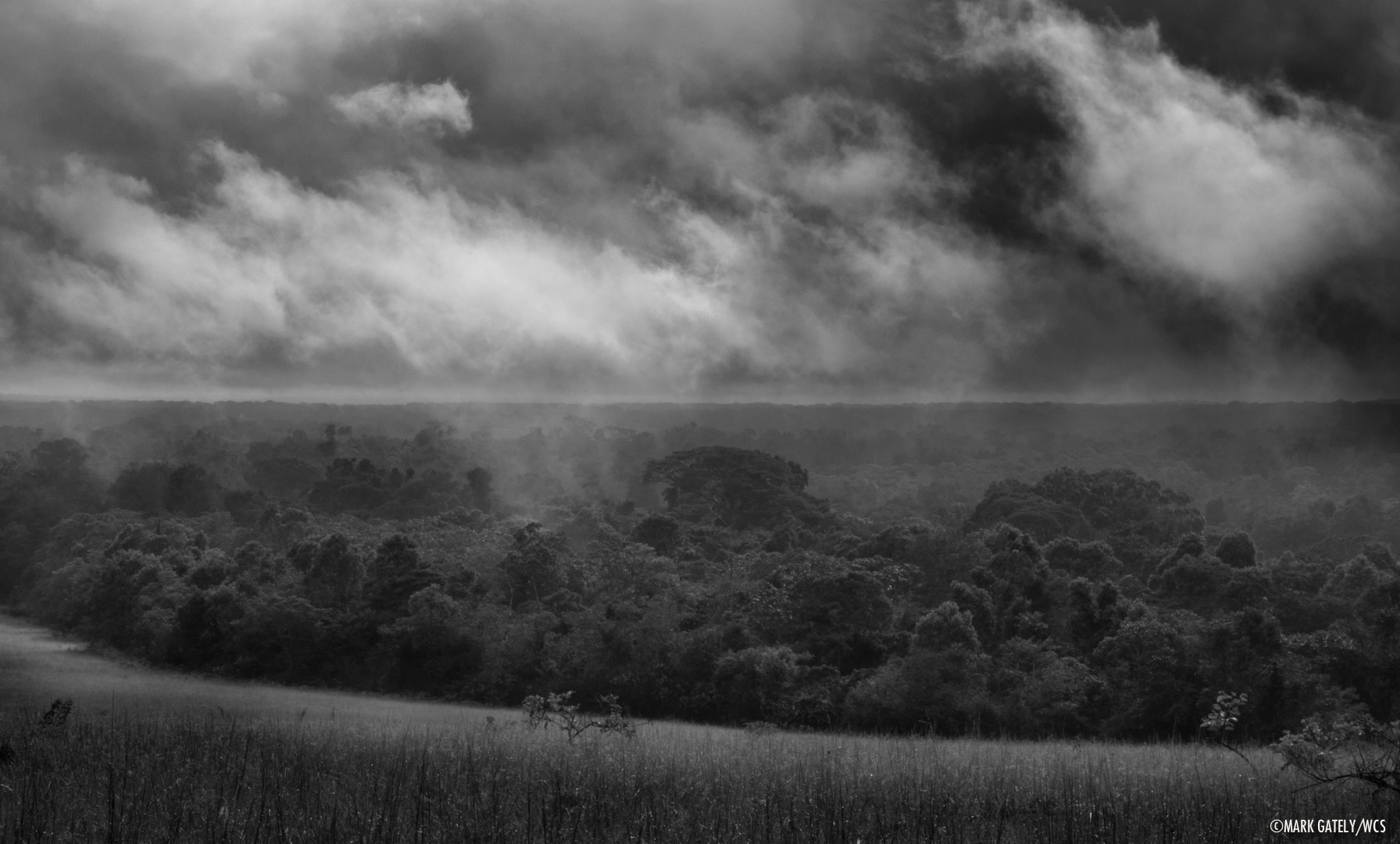
One of the largest continuous tracts of intact rainforest in central Africa stretches across the north of Congo. Further south the savannah-forest mosaic and its unique faunal assemblage spans out to the Atlantic Ocean. Working in these areas with the people that call them home makes for a story or two. Beyond that it gives a fortunate few a glimpse into the delicate assemblage of life in some of the world’s last truly wild places.
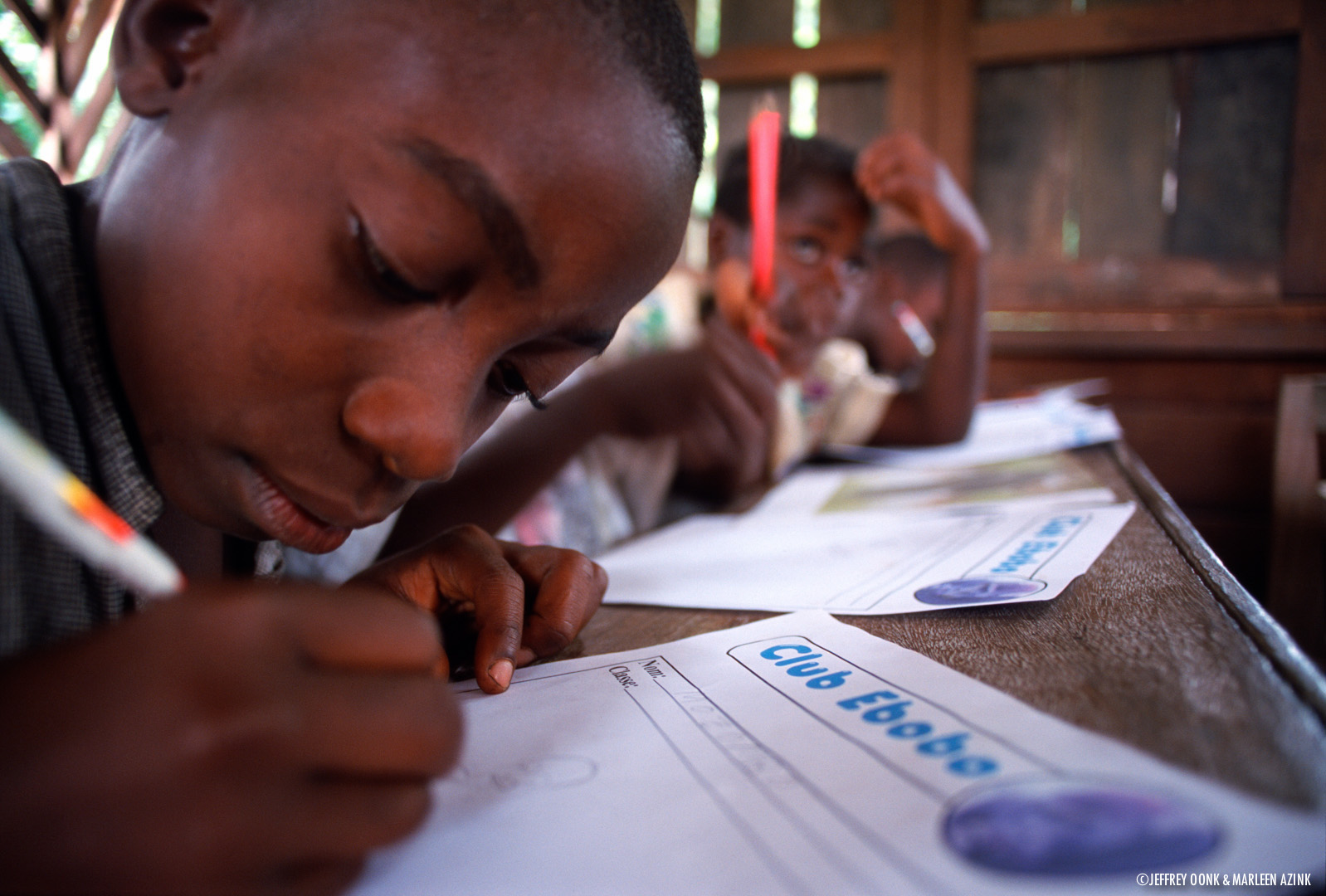
We recognise that the communities surrounding protected areas are part of the conservation picture. In light of this WCS Congo is working to bring ownership for wildlife back to local communities through sustainable development strategies. We strive for a system where communities benefit from the financial gains of protected areas.
Making conservation happen in the areas we work in is completely reliant on teamwork. This blog is aimed at providing a platform to tell the stories of our team members and the people with whom they work.
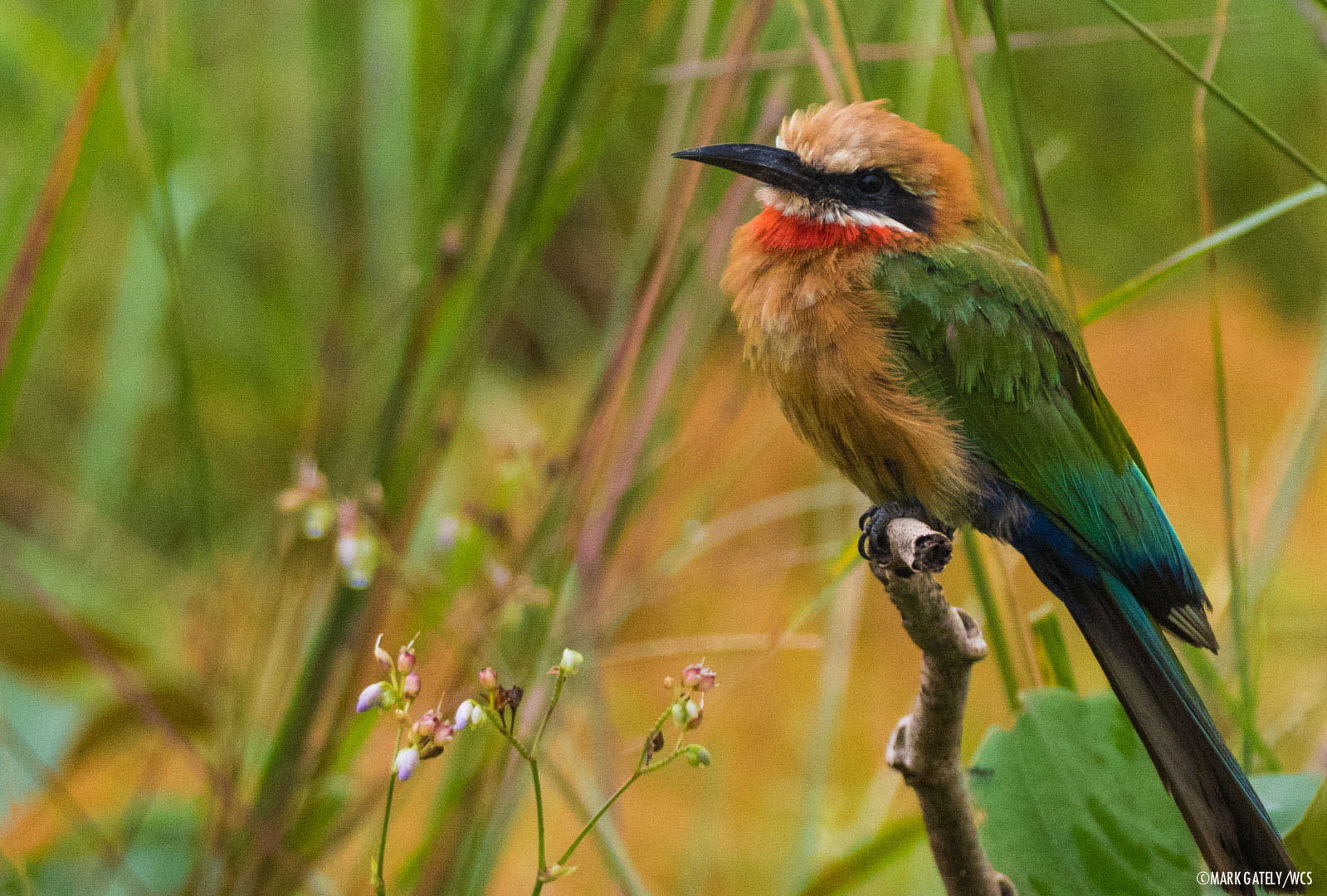
Our conservation efforts are focused on iconic, threatened species that range over large areas. However, by protecting these species and their habitat we are essentially protecting the full panoply of forest creatures that fall under their ‘conservation umbrella’.
Over the past 30 years scientists associated with WCS have carried out some of the most insightful studies of forest wildlife at several study sites across Congo. This knowledge is continuously used to make informed conservation decisions and adaptively manage protected areas. Here we will share what we discover and learn.
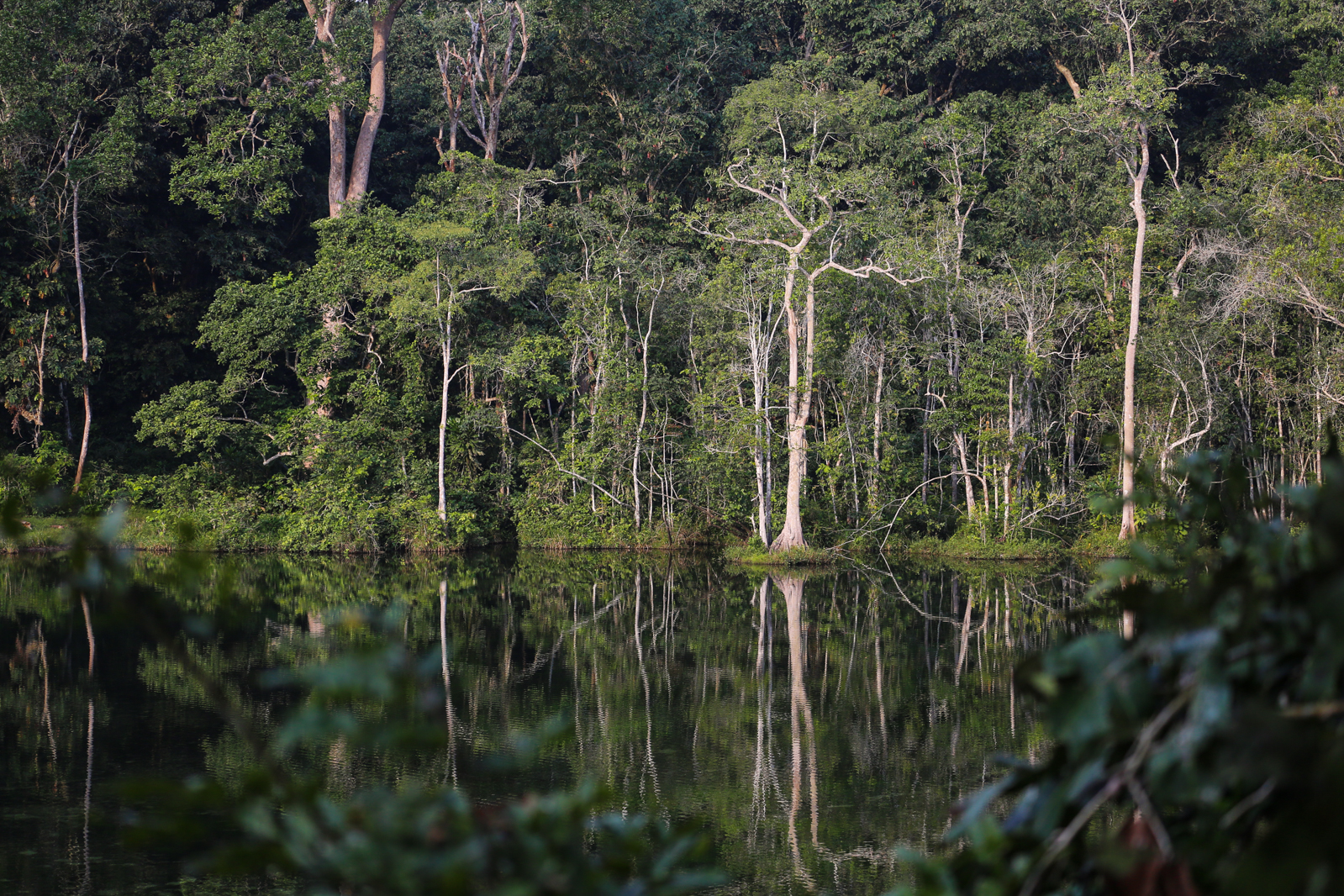
Thank you to our donors and partners for their generous support, without which our work would not be possible.
